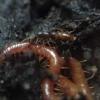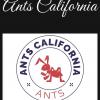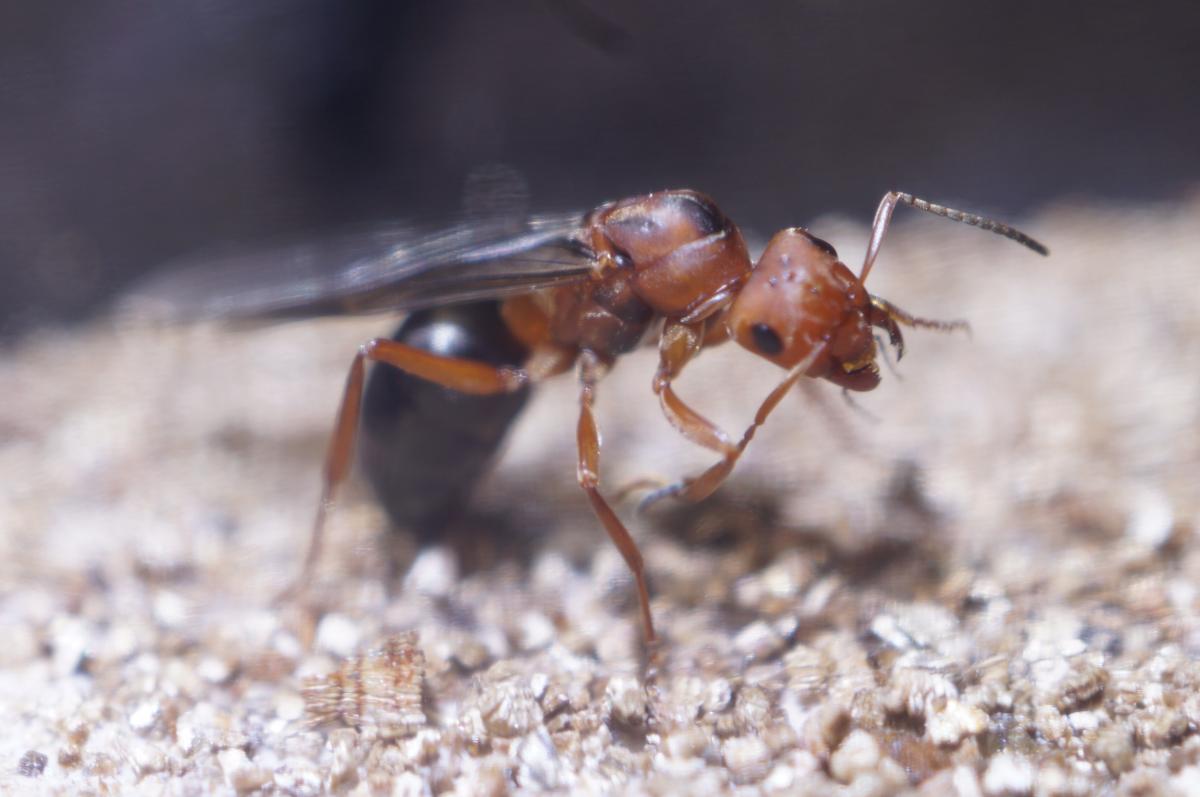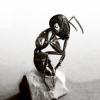Scientific Name: Formica aserva
Distribution: Found throughout Canada and northern areas of the United States.
Queen size: 7-8 mm
Worker size: 4-7 mm
Natural Habitat: Commonly found in the middle of fields or along the tree line by spruce or aspen facing the sun.
Circadian Activity: Diurnal
Mating Flight: Late July to Late August, usually a few day or 1-2 weeks after the Formica podzolica fly. They usually fly between noon and 5pm.
Queen Founding Method: Parasitic. Various sources indicate that it will parasitize almost any Formica fusca group species. It will usually infiltrate a colony and kill the queen. The queen uses either the existing workers or the newly eclosing workers as the workforce to raise her own brood. This species will sometimes also raid other Formica species and steal pupae for slaves.
Monogyne or Polygyne: Monogyne
Average time from egg to worker: Can widely vary depending on temperature. Egg to Larvae = 10-18 days; Larvae to pupae = 8-14 days, Pupae to worker = 7-16 days. Brood in Formica species grows faster than most other genera in Alberta. They never overwinter brood.
Recommended Temperature: Preferred Summer temperatures are 22-26C (71.6-78.8F)
Recommended Humidity: This species likes it moderately damp.
Preferred Foods: This species loves almost any insect and any sweet. Hummingbird nectar, sugar water, crickets, mealworms, various fly species, etc. They do have a preference for foods that they can carry into the nest. This species does have a social stomach.
Hibernation Details: Formica aserva requires hibernation. They need 3-4 months in the fridge, preferred hibernation temperatures are 8-15C (46.4-59F). They can survive as low as 3C (37.4F), but deaths can start occurring.
Escape Barrier Methods: Olive oil, talc, and fluon work for this species. Vaseline does not affect them.
Difficulty rating: This species is a fairly easy species as it grows quite quickly, eats almost anything, and is forgiving of mistakes (just don’t let the humidity go too low). The hardest part is the founding stage.
Bite and/or Sting rating: This species can bite and they are also able to place droplets of formic acid into a bite mark or on other surfaces. The pain from the bite fades quickly.
Special Care or Interesting Notes: This species is extremely aggressive. This species is not able to “spray” formic acid, although vapors from the formic acid can cause issues with large colonies in poorly ventilated formicariums. Low humidity can cause issues with this species, particularly with the brood. They often build dirt mounds and frequently cover them with spruce or pine needles. In some locations these queens fly right around the time that the wild blueberries are ready to pick. Many parasitic Formica, particularly queens, look very similar and may be hard to ID.
Additional Links:
http://www.antweb.or...&species=aserva
http://www.antwiki.o.../Formica_aserva
http://www.navajonat...ica-aserva.html
http://www.alexander...ica/i-wR9h3bS/A
Information submitted by
Crystals
- Formiculture.com
- Forums
- Gallery
- Members
- Member Map
- Chat






















